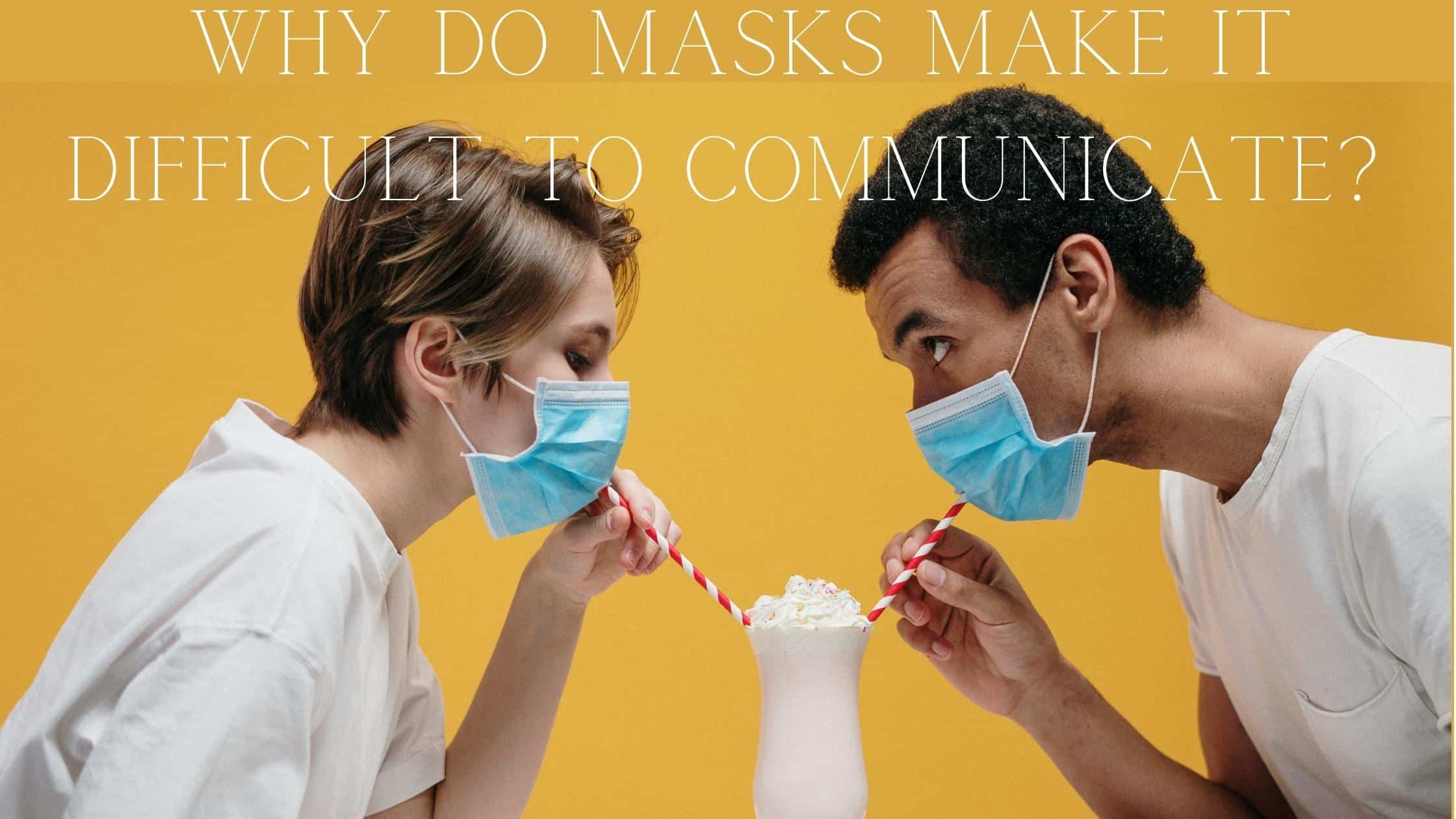With the ongoing pandemic, masks have become part of daily living. Public health officials strongly recommend wearing masks to reduce your (and others) risk of infection. You likely have been wearing masks while getting groceries, speaking with friends and family, and running other errands.
While masks are an incredibly important safety precaution, they can also present unique challenges for people with hearing loss. There are useful ways you can effectively communicate while wearing masks that maximizes your hearing, allowing you to engage in conversation with greater ease
Communication Challenges with Masks
Wearing masks can make navigating conversations more difficult for people with and without hearing loss. A few communication challenges that wearing masks can create are:
- Covers Mouth: the most obvious challenge is that a mask covers the entire mouth. This prevents people from being completely visible and able to access visual cues. Whether we are conscious of it or now, we use visual cues and nonverbal communication to help provide context to the conversation. Lip reading is a useful way that people, particularly with hearing loss, follow a conversation. It helps distinguish individual words, making it easier to understand what is being said. When the mouth is covered, it blocks access to this part of communication.
- Muffles Sound: wearing masks can also limit movement of the mouth. Muscle movements around the lips and mouth can be restricted by the fabric over it. This contributes to muffling of sound, making words unclear, softer, and/or changing the tone of your speech. This makes it more challenging to hear clearly.
- Background Noise: if you are in environments with background noise, it can be more difficult to hear. The effects of background noise are more significant when masks are covering the mouth. Without visual cues and the presence of background noise, conversations can be more difficult to have.
You have probably experienced a few of these challenges by now. As we continue to adjust to new realities, there are ways you can practice more effective communication while wearing masks.
Tips for Communicating While Wearing Masks
Wearing masks impacts speech and communication but there are various tips you can implement to have an easier time communicating. This includes:
- Wear a Comfortable Mask: it’s important to wear a mask that feels comfortable. You want to avoid masks that are too tight which can be more restrictive for your mouth, muffling sounds even more. Especially if you are wearing masks for a longer duration, it is important that your mask feels comfortable around your ears too.
- Reduce Background Noise: avoid having conversations in environments with excessive background noise. Choose quieter settings which allow you to hear more clearly and focus on the conversation.
- Emphasize Body Language: to compensate for your mouth being covered, try emphasizing body language. Speak using more gestures with hands and arms which can help provide more context to what you are saying.
- Avoid Multitasking: being able to focus on the conversation is really important because of the barriers that masks can present for effective communication. A useful way to do this is to avoid multitasking during a conversation – texting, on the internet etc. – which can be distracting.
- Speak Slower: it may be useful to speak a little more slowly to avoid sounds being slurred or muffled. Slowing down speech can help each word be enunciated, helping the other person hear what you are saying. This is a way to address the impact wearing masks can have on the sound of speech.
It is important to be patient and keep in mind that it may take slightly more effort to have easeful conversations. In addition to wearing masks, social distancing can also make it more difficult to hear clearly. A few additional tips are to:
- Grab the person’s attention prior to starting a conversation.
- Check-in during conversations to make sure that the other person is following along. Ask if there is anything you can do or a different way you can communicate that makes it easier for them to follow.
- Rather than repeat using the exact same words, try rephrasing when you encounter confusion.
If you have experienced changes or difficulties in your hearing, it is important to schedule a hearing test. We provide comprehensive hearing health services, from hearing tests to hearing aid fittings. Contact us today to learn about how you can improve your hearing.

